Introduction
To stand out, you need more than a robust product line. How you present yourself to your market can make or break your business success. That said, a well-designed, visually appealing branding package catches the eye and conveys emotions and what your brand is about.
Whether you're new to business branding packages or looking to revamp your existing branding strategy, you've come to the right place. This article will cover the benefits of a branding package and proven strategies you can implement! Learn how to create a branding package that wows.
What is a Branding Package?
A branding package is a set of visual assets in digital and physical formats. They often abide by brand guidelines, ensuring a cohesive and consistent look.
Some refer to brand packages as corporate identity packages or brand identity packages. They typically consist of vital design elements like your logo, graphic illustrations, images, color palette, and other on-brand visual elements. Other physical assets in the package include business cards, letterheads, corporate envelopes, and other merchandise designs.
But why do you need a branding package?
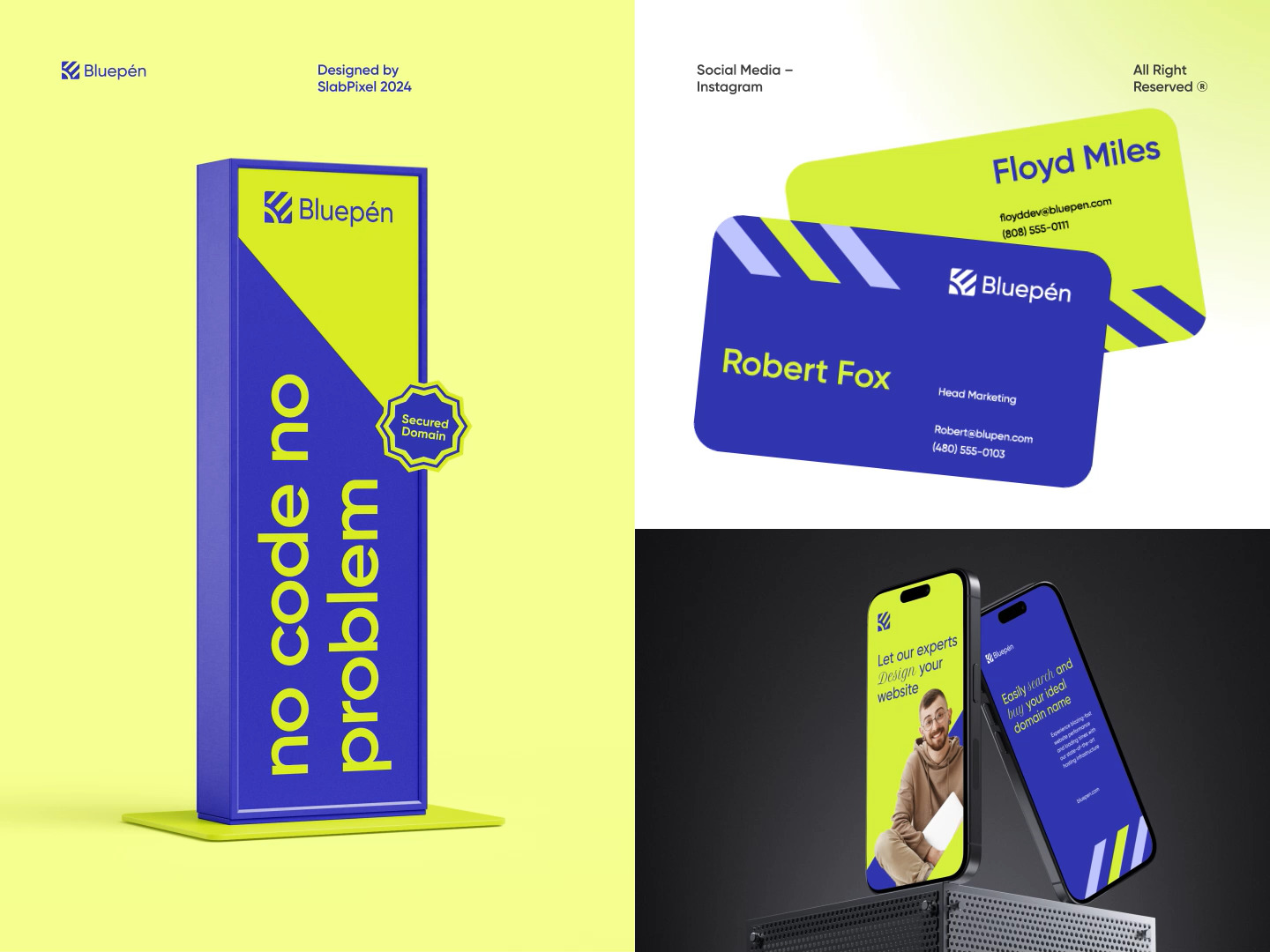
Breathe life into your brand identity with a cohesive branding package. Via Dribbble
Advantages of a Branding Package: Why Does Your Business Need One?
A branding package can help streamline all your branding and marketing materials, ensuring you adhere to your brand identity. It also establishes trust, amplifies brand awareness, and increases brand recall.
Let's gloss over these advantages below.
Establishes Your Brand Identity
Your branding package consists of elements and assets that embody your brand identity. With a distinct logo, a cohesive color palette, responsive design, attention-grabbing images and graphic elements, and clear messaging, you're well on your way to building a positive image everyone remembers.
Ensures Consistency
Having a set of branding assets, elements, and guidelines in your toolkit can help consistently convey your company's mission, values, and brand message. It can also help highlight and leverage your unique selling proposition.
Builds Credibility
A cohesive brand identity can build a positive image for your business. However, you must ensure your branding package remains authentic to your company's core and resonates with your target audience.
Ready to take the next step? Hire a professional brand design agency and let the experts fill your complete branding needs. Check out more of our full branding services.
Essential Components: What’s in a Branding Package?
Read on as we break down the essential components of a practical brand style guide, from visual assents to branding rules.
Logo Design
A brand logo is a symbol or emblem that represents your business. It combines your business name and brand mascot. Sometimes, other brands prefer to add taglines.
With a well-designed logo, your customers will likely remember you at a glance. Your logo also impacts the perception of your customers toward your brand. As it stands the test of time, it can be an iconic logo that transcends generations.
Some of the oldest and most popular logos to date are Coca-Cola, Stella Artois, and Levi's. Despite the countless iterations to fit the market, these brands remain consistent with their logo design.
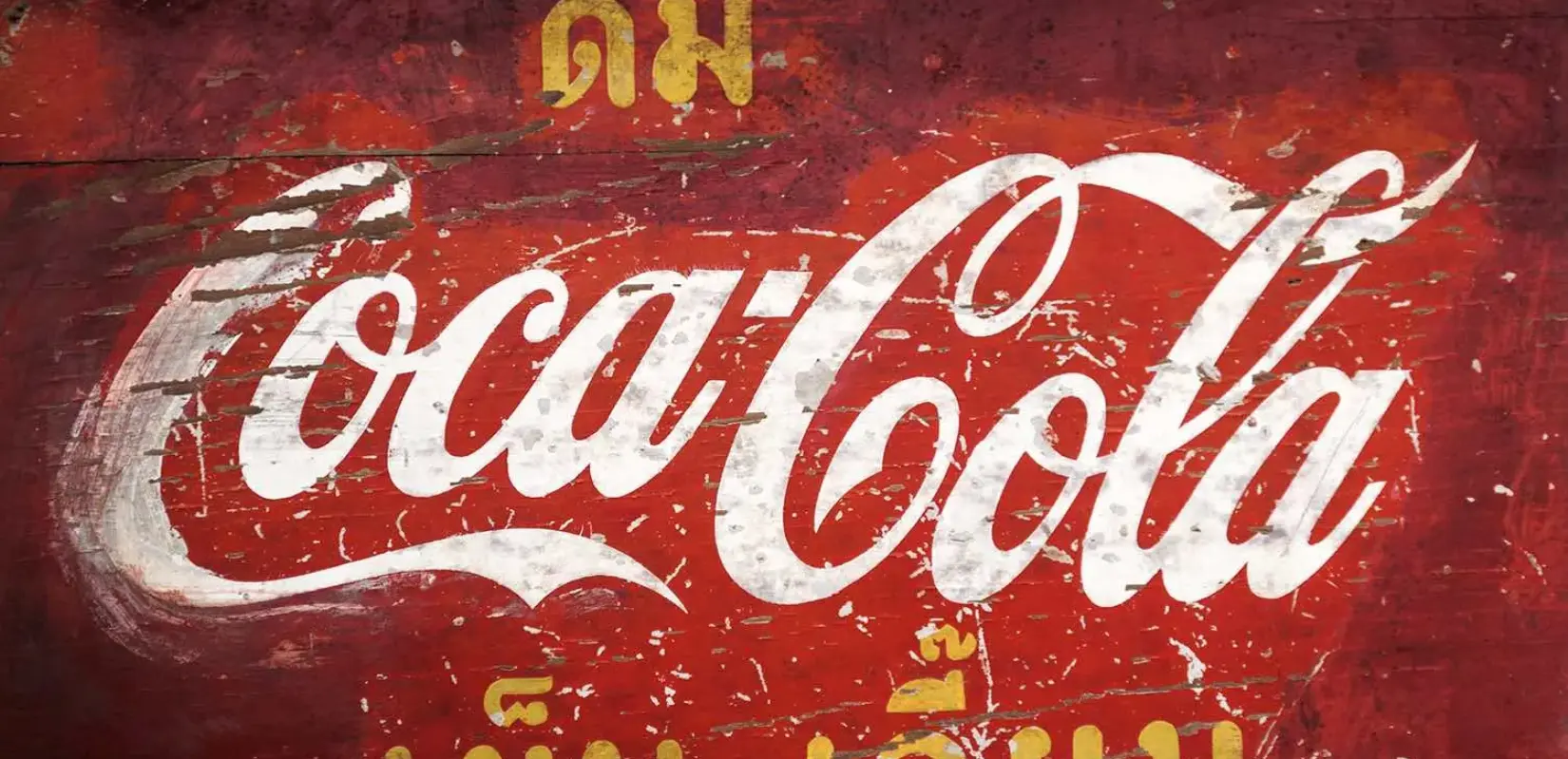
Iconic logo via Coca-Cola
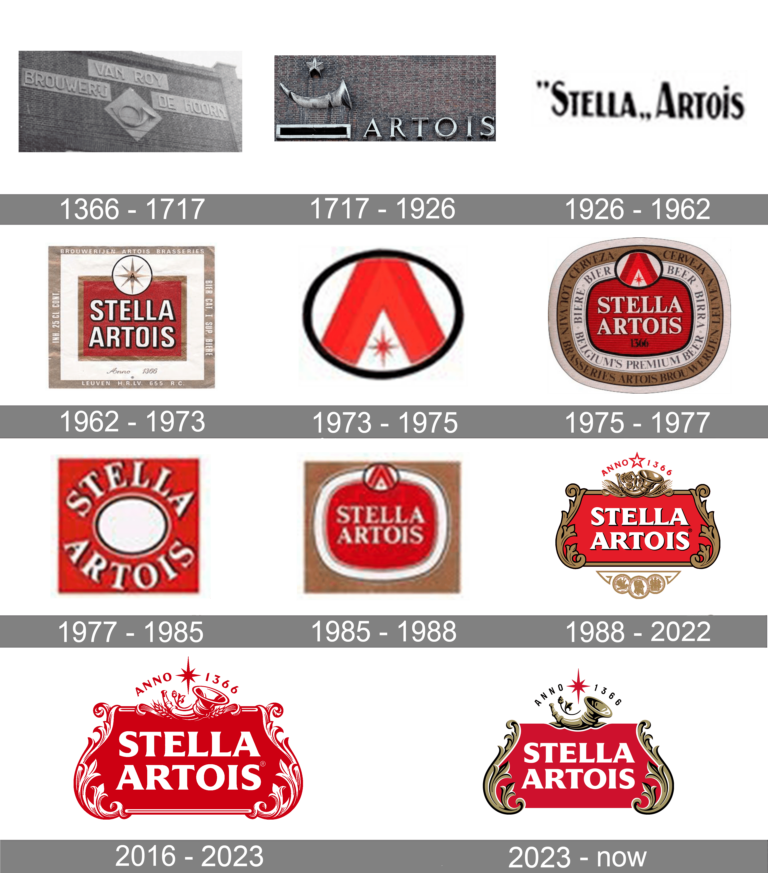
Evolution of Stella Artois logo. Image via 1000 logos
Color Palette
Picking the right color combination enhances your brand's aesthetics and reinforces it in consumers' minds. Like words and pictures, a brand color conveys emotions and influences minds.
Red is a highly visible color, perfect for capturing your audience's attention. Depending on how it's used, it can illicit urgency and danger. On the flip side, it can also convey passion and excitement and stimulate the appetite. Red can be perfect for branding when mixed with harmonious colors like blue and earth tones.
Remember, balance is critical when choosing your brand's color palette. Learn more about the psychology of colors in branding.
Typography
We react differently to fonts.
For instance, newspapers use serif fonts like Times New Roman to convey a serious and professional tone, which makes us think that what we read is reliable. Another example is wedding invitations, often embellished with elegant fonts. It gives a sophisticated yet personal vibe that makes recipients feel special.
Such is the power of typography, leading brands to customize fonts that reflect their brand personality. Take Disney with its iconic font inspired by the signature of its founder, Walt Disney. The curvy and rounded script font complements its friendly brand tone, embodying magic and whimsy.
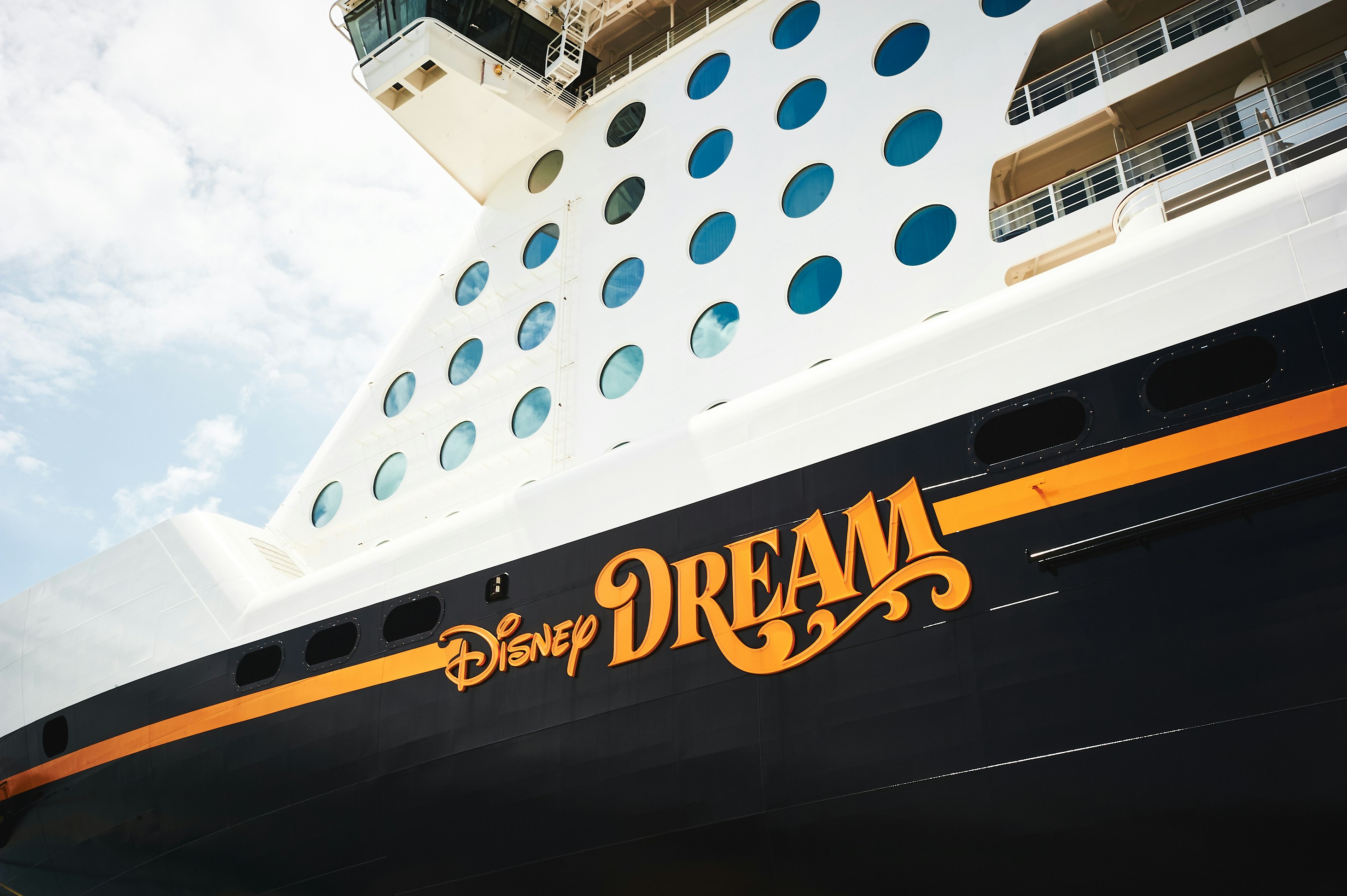
Stand out with a font customized for your brand. Image via Unsplash
Brand Guidelines
The brand guideline outlines rules your creative team of designers, marketing professionals, writers, and stakeholders must follow when presenting your brand. It helps avoid inconsistencies and ensure alignment with your visual identity. In the long run, a brand guideline fosters trust and familiarity.
For a brand guideline to be effective, it should be comprehensive yet concise, explaining the logic behind creative decisions. Be careful when using jargon that may be unfamiliar to non-designers. It should also have examples of do's and don'ts and real-life case uses of your visual assets.
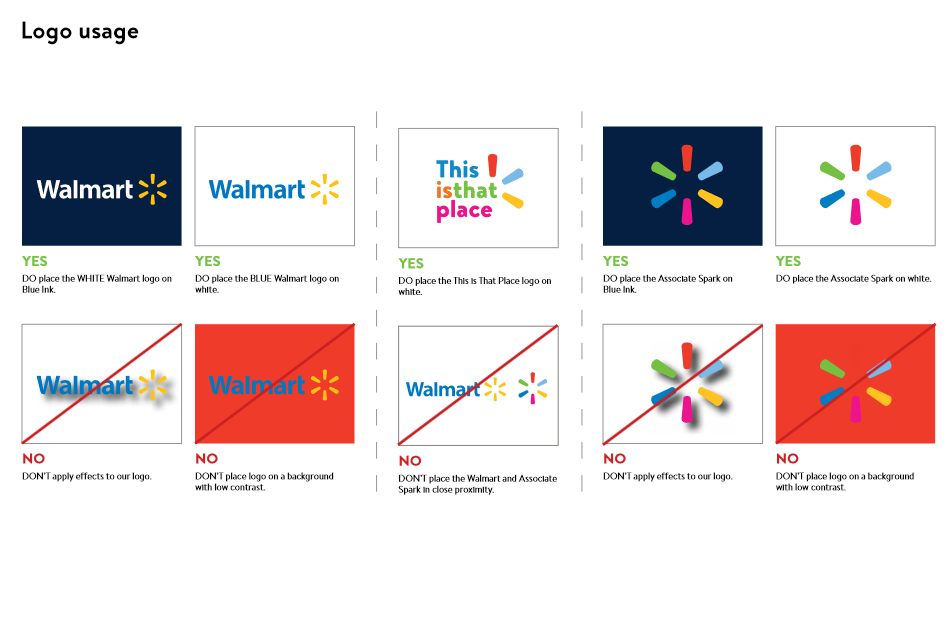
Proper logo usage via Walmart
Finally, while a brand guideline is a rule book, it need not be boring! Let your personality shine through and inject some fun when creating your brand guidelines. Browse through branding package examples for inspiration.
Imagery and Graphics
Images and graphics are more than just embellishments. They bring depth to your design and ensure they convey the message to your audience. Take a look at the photo below from Burger King. Doesn't it want to make you take a bite?
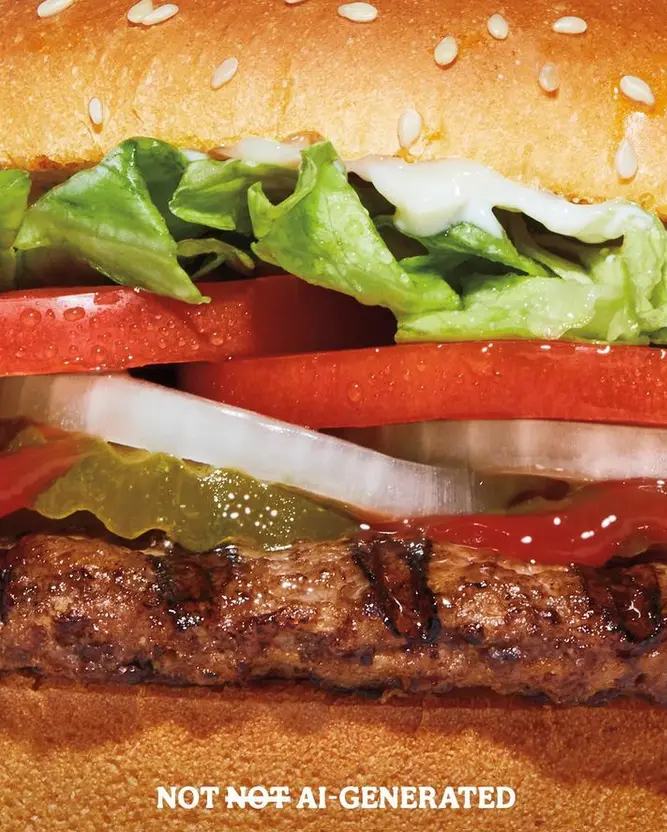
Use images and illustrations to elicit excitement and curiosity from your audience. Image via Instagram
As such, you should carefully curate brand images and graphics. Choose high-quality images that are authentic to your brand identity and values. When deciding your illustration style, consider your brand personality, audience, and current trends.
Most importantly, images and graphics should complement other visual elements, such as texts and brand colors.
How to Create a Branding Package in Six Steps
#1. Know Your Market
Remember that you are designing for your audience, not your preference. Therefore, understanding how your customers think and behave is quite vital. Go deep and learn their needs, desires, and interests. Investigate the problems they need addressing and how your brand can address them.
Knowing your target market can help you create a branding package that elicits positive reactions and resonates with them. Conduct a survey, read through comments about your brand through social media listening tools, and leverage insights from digital platforms. Let your customer-facing team engage and ask pertinent questions to help you learn what makes them tick.
#2. Define Brand Mission and Values
In a nutshell, the brand mission clearly states why your business exists. It culminates a brand's goals and how its competitive edge can deliver what the market seeks.
Brand values are the core tenets that shape your business. They set you apart from soulless businesses that only value monetary gains.
Defining your brand mission and values is vital to your branding packages. They guide everything in it, reminding you of the bigger picture and the beliefs and ideas that matter to your brand. In short, they ensure you do right by your brand and community.
#3. Collaborate with Designers
Your branding package is only as good as your team of brand designers and web developers. In addition to having the technical skills and experience to achieve the desired results, they must have a deeper understanding of your brand.
It's ideal if they share the same values with you as well. This ensures that every brand output from your design team remains true to your brand identity.
So, how do you choose the right designers to collaborate with?
It's trial and error. You'll probably have to review dozens of design portfolios to find creatives or a design agency that aligns with your style. You also need to consider your budget, as this can impact the results you'll have. Your designers should be experimental and willing to push creative boundaries to achieve the best outcomes.
#4. Create Brand Assets
Brand assets are your logo, color palette, fonts, photos, and graphic illustrations. They include ready-to-use email templates, videos, branded sounds and jingles, and taglines. In short, they are tangible and intangible assets that bring your brand to life.
It is vital to work closely with your branding team to create compelling brand assets. These assets should evoke the character and personality unique to your brand, make it easy for your audience to relate to you, and amplify the brand message.
It can be overwhelming and costly to develop your brand assets. Hence, prioritizing them according to brand needs and goals is critical.
For instance, you may eliminate a branded font and invest in a mascot if it serves your brand better. A great example of a brand mascot is Freddie, the monkey of the email marketing company MailChimp. Emails are often seen as boring, so introducing a fun monkey breaks away from that image and helps the brand stand out.
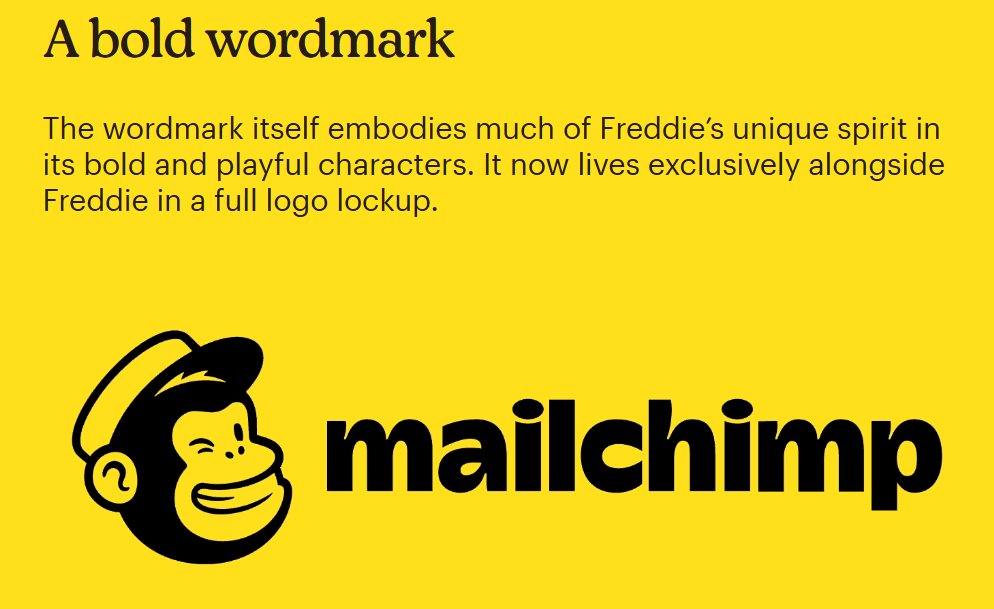
An illustration of a winking monkey wearing a mailman’s hat Caption: Freddie, Mailchimp’s iconic brand mascot. Via Mailchimp
It's also essential to assess what brand assets you can leverage to gain a competitive edge. With the rise of audio branding, it may be time to think about having a branded song you can play in-store and online. Or, revamp your logo and include elements and symbols recognizable worldwide.
While a robust collection of brand assets can be excellent for multiple platforms, sticking to what you can manage is important. Otherwise, confusion can ensue. Invest in Brand Asset Management tools like ClickUp, Frontify, and Dash to track and streamline your digital assets.
#5. Develop Brand Guidelines
Brand guidelines serve as your rulebook for properly using brand elements, but they are not mere compilations of rules.
When developing a brand style guide or guidelines, it is essential to establish a flow. Like a storybook, start by defining your mission and vision. Give a glimpse of the brand's history and add personal stories from the founders. Clearly explain the design process in simple terms. A well-written narrative lets users understand your brand and how best to present it to the world.
Check out what a brand guideline may look like, as Snapchat exemplifies.
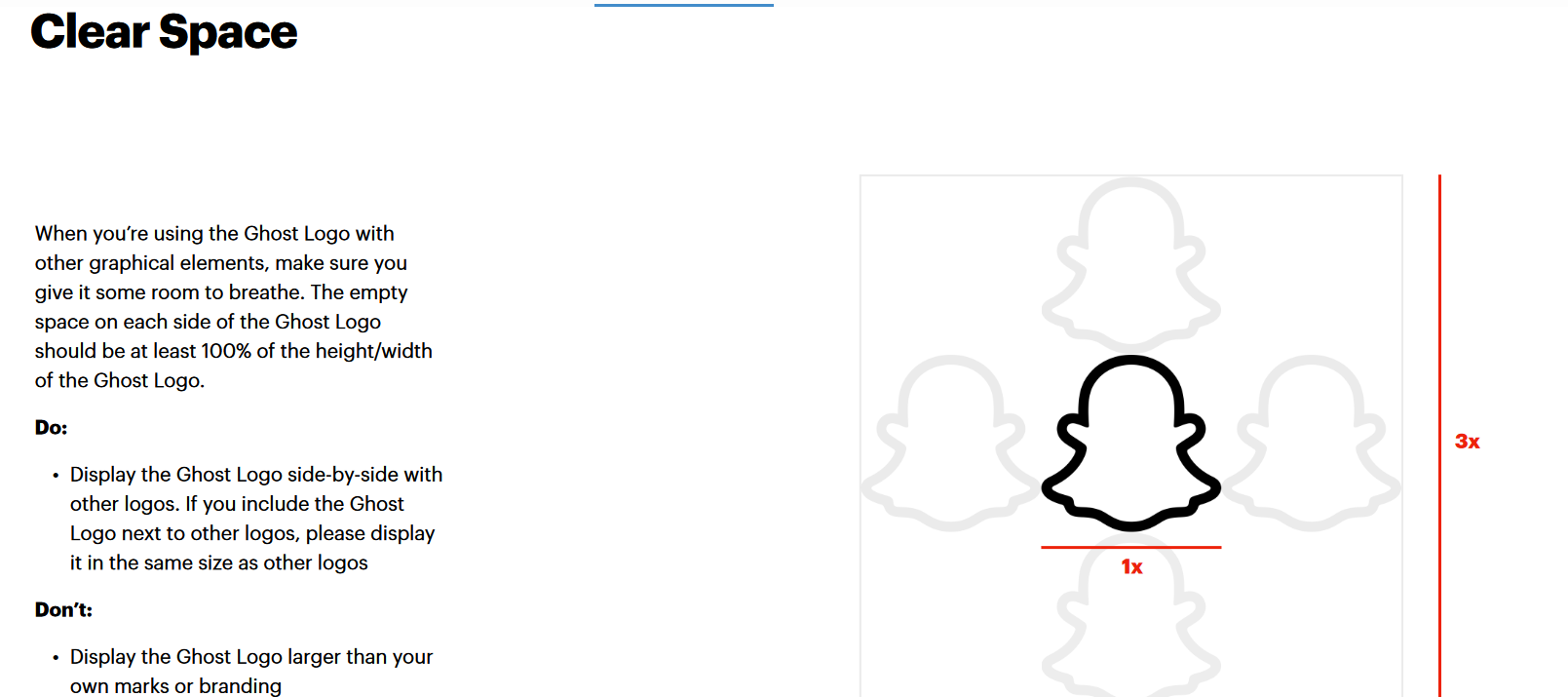
Clear space guidelines for the Ghost Logo. Via Snapchat
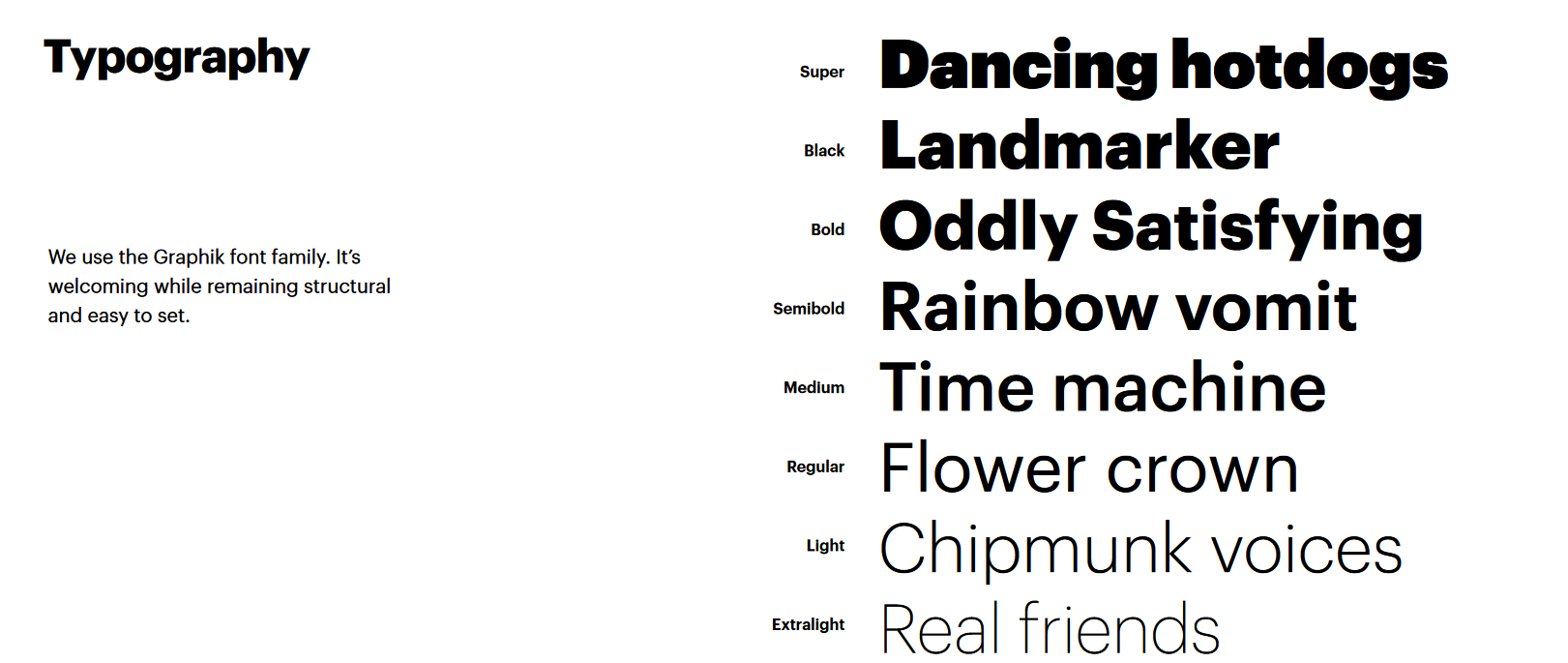
Typography guidelines via Snapchat
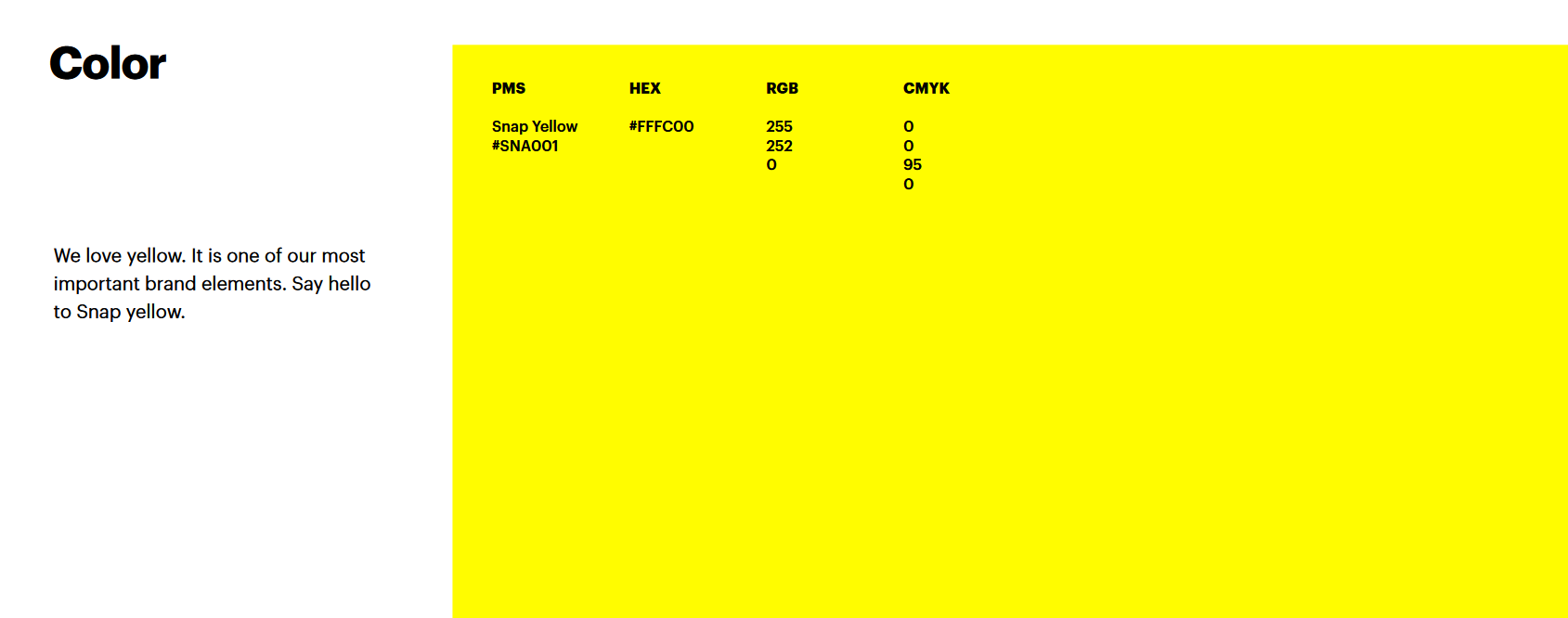
Color guidelines via Snapchat
#6. Test and Refine Your Branding Package
Test your branding package internally and externally.
Internal testing involves gathering feedback from your internal team and stakeholders before you roll out your branding package. Run surveys and polls to see if brand assets are consistent with your brand identity. Check if your brand asset management software and other related tools are well-integrated into the workflow. The idea is to identify and fix gaps before launching your brand.
On the other hand, external testing includes comparing your brand assets with those of your competitors. Assess whether they are adaptable and scalable, especially if viewed on multiple devices.
Finally, see how your target market responds. Conduct A/B testing to find out which designs work best. Dig into how customers feel and think about your brand when they see your logo, colors, etc. Through audience insight, you can further develop your branding package to be more appealing, memorable, and impactful!
Remember that as your business evolves, so will your branding package.
Things to Avoid When Building a Branding Package
Now that we have covered the must-dos of creating a branding package let's go over what not to do!
Lack of Consistency
Tropicana changed its packaging design in 2009 for a newer, more modern look. While change is inevitable, the need for more consistency in branding was glaring in this case.
The total packaging overhaul of Tropicana planted doubt in consumers' minds. Did another company purchase Tropicana? Are they still serving the same products I love?
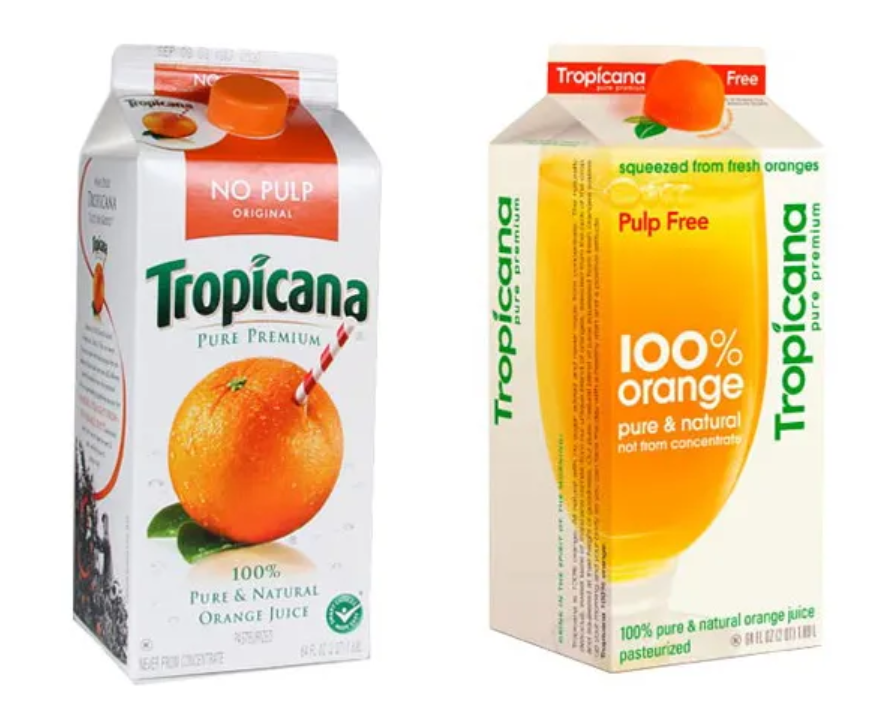
Tropicana’s package revamp caused a 20% decline in sales for the business. Image via Creative Bloq
It may not seem like a big deal, but it cost the company 20 percent of its monthly sales that year! Customers buy from reliable brands, and that trust anchors on consistent branding. Customers who know what to expect spend less time thinking about their purchases.
Overcomplicated Designs
Overcomplicating brand design usually stems from trying to be everything for everyone. It's tempting to incorporate trends and experiment with the latest effects. But while visual elements like colors, images, and icons add depth to your design, forgoing harmony between these elements results in a clash.
If this is where you're at, it's time to return to the drawing board. Remember that your design must convey emotions and clarity in the message associated with your brand. Prioritize your goals and design accordingly. Try to have a straightforward and minimalist (not dull!) approach in your process. Most of the time, simple is best.
Disregarding Your Audience
Twitter has made rounds because of its controversial rebranding. Renaming it 'X' is a symbolic move that signals a new era for the platform. In addition to changing its name, the company has revised its iconic bird logo.
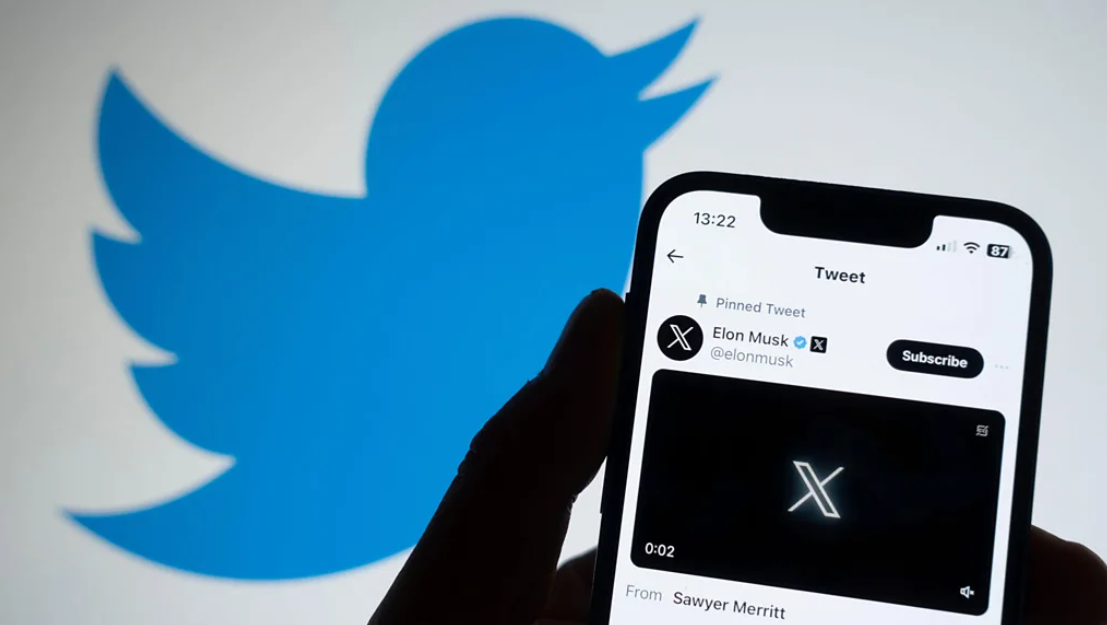
The rebranding of Twitter left its loyal users confused. Image via BBC
But, the edgy take has created a gap between the platform and its users. The rebranding problem worsened because of technical problems and issues surrounding its new owner, Elon Musk. The app suffered a 30 percent decline in daily usage this year.
At its core, branding is about creating deep connections and relationships with your audience. Hence, disregarding them when building your branding package is a huge no-no. Worse, it could make you seem out of touch with your community.
Is Having a Branding Package Worth It?
Yes. Branding package costs may vary from business to business, but every penny is worth it. Not only does it reinforce your brand image, but it also builds trust and emotional connection and amplifies your competitive advantage. A branding package can turn customers into advocates, leading to business growth.
Sep 5, 2024
